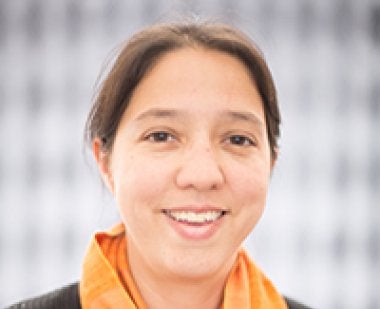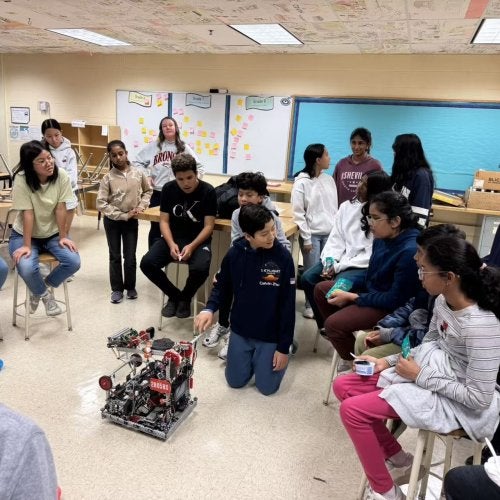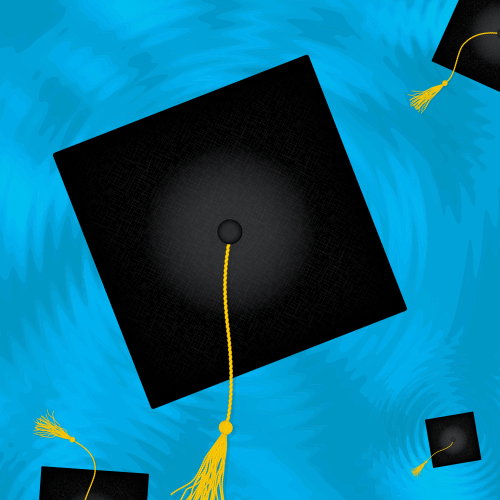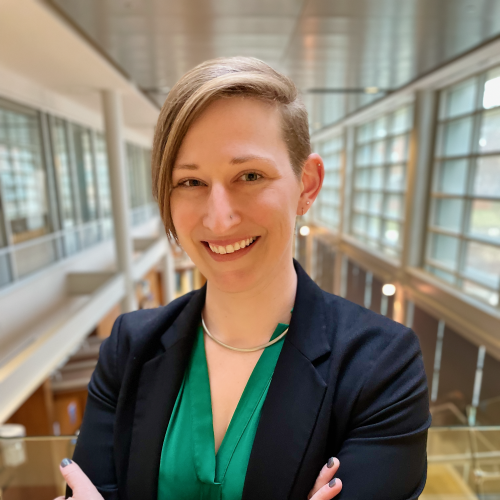

$2.5M NSF Grant Supports Math Learning for Multilingual Students

A new $2.5 million National Science Foundation grant will support University of Maryland-led research on how family-school collaborations that build on the strengths of multilingual families and teachers might improve math learning for multilingual students.
Projections suggest that multilingual students will make up 40% of all K-12 students by 2030. Because of language and cultural mismatches and scarcity of school resources needed for success, many such students are in severe need of expanded learning opportunities, the researchers said.
The project aims to help teachers be responsive and build on advantages that multilingual students and parents bring to mathematical reasoning.
“We want teachers to be aware that multilingual students should be positioned as having assets,” said Beatriz Quintos, lead researcher of the study and faculty member in the Department of Teaching and Learning, Policy and Leadership. “For instance, we want teachers to recognize that multilingual students have insight into different ways of doing math, and therefore can know at least two ways of doing math.”
The study will take place in grades 3-5 in underserved communities in Arizona, Maryland and Missouri, reflecting diverse cultural and linguistic populations. At its core, the project is built around challenging math tasks grounded in everyday life—like scaling the recipe of an horchata drink from a family to a large party, or working with wrenches that have fractional measurements.
Findings from the study will help educators, policymakers, and researchers develop partnership programs that support long-term equity and learning goals for historically marginalized students. Prince George’s County, for instance, has a diverse student body, and it’s essential that UMD collaborates with local school systems for these reasons, Quintos said.
Along with Quintos, the University of Maryland team includes Carolina Napp-Avelli, Claudia Galindo, Melinda Martin-Beltran and Tarik Buli. The team is working with researchers at the University of Arizona and the University of Missouri.



